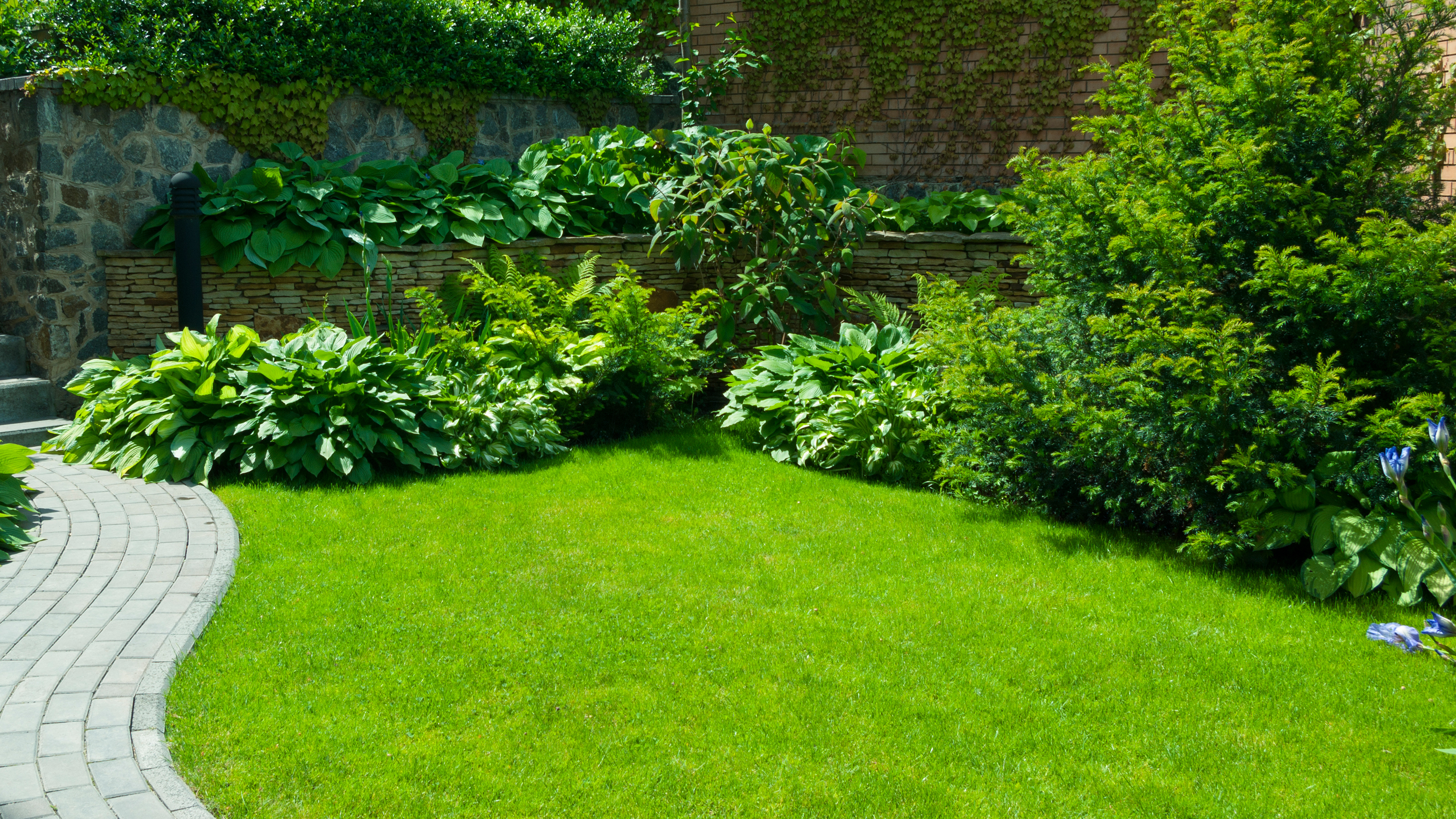
Putting time aside for spring lawn care is essential if you want beautiful, healthy grass on your lawn throughout the spring and summer months. Yes, it's true that grass is resilient, but your lawn still needs annual maintenance if it is to truly thrive.
While investing in the best lawn mower will make sure that your lawn is neat during the active growth season, you shouldn't skip early spring prep and care. Lawn experts explain why early spring is such an important time for lawns – and the main steps to keeping it healthy.
Why is spring an important time for your lawn?
Larry Yeates, a landscape gardener turned hobbyist blogger and the founder of Lawnmower Larry, explains that 'early spring is the perfect time to put your gloves on and get out in the garden. If done right, a little sweat equity can go a long way, maximizing your garden's chance to really thrive during the growing season.'
So, armed with the best gardening tools and a few hours of your spare time over a couple of spring weekends, here are the most important jobs to do when preparing a lawn for spring.
The top spring lawn care steps
1. Clear away winter waste
Cleaning your yard of debris is 'one of the more tedious lawn-preparation steps', admits Jeremy Yamaguchi, the CEO of Lawn Love. Yet doing this is essential before you attempt any of the other spring lawn care steps. Over the winter, 'your yard likely became full of fallen pine needles, leaves, pine cones, twigs/branches, and more. While clearing all of this out may not be that difficult, it can be incredibly
time-consuming, especially if you have a large yard. So, start early and do
small-medium amounts at a time. This makes it much more manageable and is
better for your back (and your sanity!).'

Larry Yeates adds that 'getting rid of all the unsightly winter waste will bring much-needed light and warmth to your lawn, the key ingredient to trigger spring growth.' In other words, clearing out your lawn for spring is about more than just aesthetics but is actually important to your lawn health.
As a bare minimum, rake away any leaves and debris and consider composting it so you can recycle the nutrients. Removing weeds and fungus is also a key step to making your lawn look beautiful again, ensuring the soil's nutrients are reserved only for your soon-to-be gorgeous green grass rather than any uninvited invaders.'
2. Aerate the soil
Ideally, aerating should be done in winter, but if you haven't done it yet, 'do it NOW!' urges Yeates. This is an essential spring lawn care step because 'after winter, your soil is like to be highly compacted, a result of the rainfall and snow, the weight of debris on the surface, and the low levels of root growth during the cold months.'
Skip aerating and you risk drainage issues, water pooling 'in any small troughs in an uneven lawn, drowning these areas while leaving the higher ground with very little moisture', which will lead to weak grassroots.
Aerating the lawn is very easy to do using aeration shoes, a lawn corer, or a good old pitchfork.
Top tip: For the best results, you should be looking to penetrate at least three inches deep and no more than three inches apart.
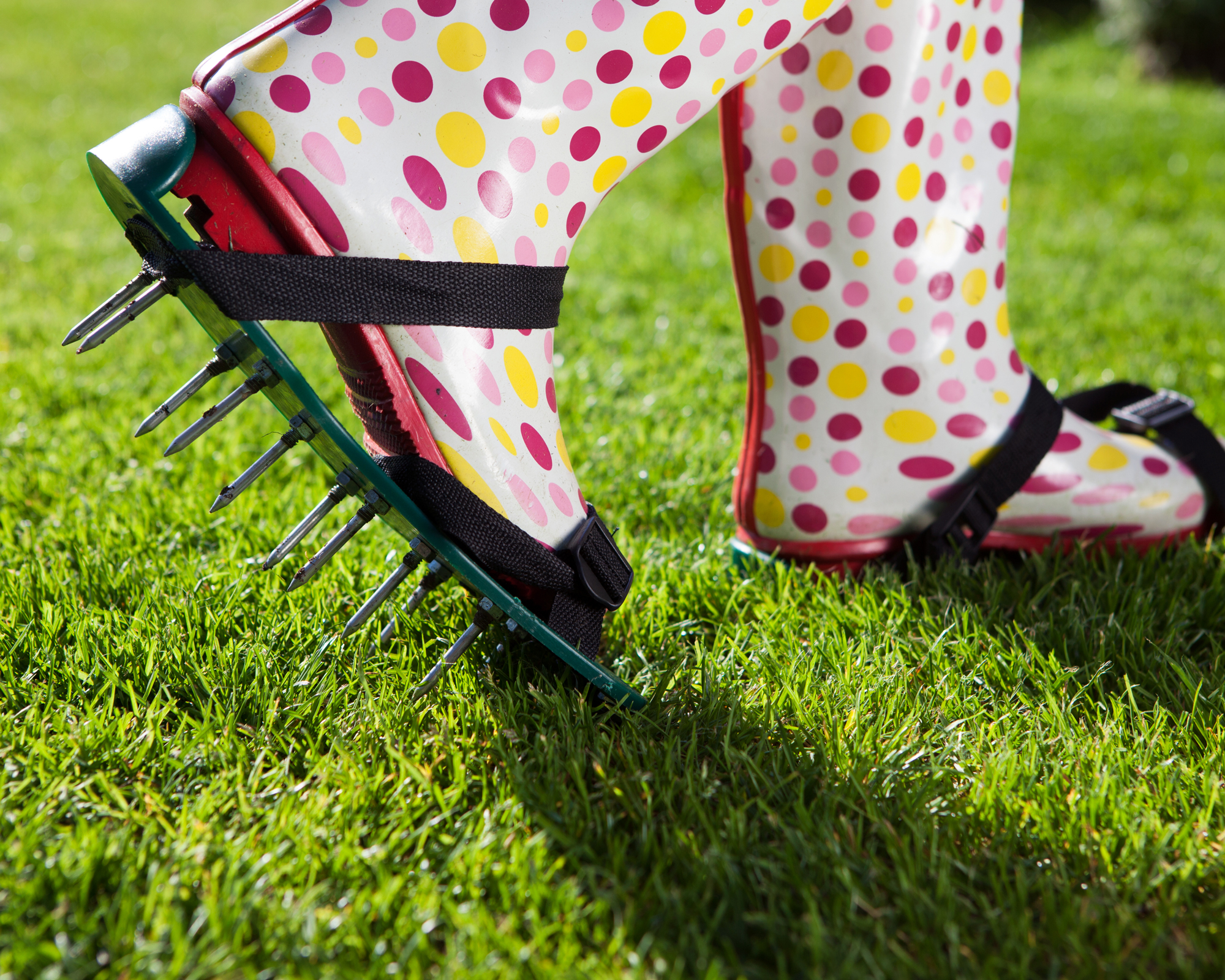
3. Revive dead patches
Dead patches are inevitable, especially after an overly dry summer and/or unusually wet winter. Depending on what the year had had in store for your lawn, you may see patches that 'look brown and lackluster or have turned into a muddy mess where grass once grew. Even the rest of the lawn might be looking a little thin and not the vibrant emerald green you long for.'
Don't panic – you can bring these patches back to life. According to Yeates, you have two options here:
- Cut the dead patch back to bare soil and roll on new turf, or
- Remove the dead grass, rake back to expose and loosen the soil and plant new grass seed
Either way, 'you should be looking to match your existing lawn species. Proper establishment also requires that you ensure turf/seed-to-soil contact and water the new arrivals immediately. Application of a quality, phosphorous-rich fertilizer to promote root growth is highly recommended.'

4. Evaluate your soil's condition
This is a very important step if you don't know what soil type you have. As Yeates stresses, 'poor soil quality will inhibit grass growth. Your main concerns here are pH level and Nitrogen, Phosphorous and Potassium levels (NPK). Your soil pH should ideally be between 6 and 7.5 and should have a high level of all three of the primary nutrients.'
Fortunately, testing your soil is actually pretty easy – 'a simple soil test bought from your local nursery can quickly assess the situation. Add lime to increase pH, sulfur to decrease pH, and soil enhancer rich in the N, P, or K ingredient you are short on to remedy nutrient issues.' If you prefer to buy online, we like how speedy Luster Leaf's rapidtest test kit is for lawns, it comes with plant guidance depending on your soil's pH also.
5. Top dress the soil
Top dressing involves enriching the existing soil in your lawn with a mixture that closely resembles the soil you already have. Usually, a good balance of sand, soil, and loam works well, especially after aeration.
Noah James, an expert landscaping business owner at Liberty Lawn Garden, recommends applying 'a half-inch layer of top dressing to the lawn in order to improve the soil conditions. The better the soil, the better the lawn.' Bear in mind that top dressing should always be done when the lawn is dry.
6. Overseed
If your whole lawn took a bit of beating last year, then learning how to seed a lawn is a good idea. In a nutshell, you'll want to mow your lawn back to 'about an inch tall and then rake over the lawn with a spring tine rake to open up the soil beneath. Overseed at half the recommended rate for bare soil and again, water immediately. This time, a high-nitrogen fertilizer is recommended.'
7. Be patient
This may sound obvious, but do give your lawn time to recover after you've completed your main spring lawn care steps. James advises allowing 'a couple of weeks for the lawn to respond to the much-needed TLC it just received.' Don't panic if nothing much happens at first, especially if spring is slow to get going where you live. Once the days and your soil get warmer, your lawn will begin flourishing.
8. Avoid foot traffic
It is important to assist this recovery by keeping off the lawn for those crucial first couple of weeks. According to Yeates, this includes 'pets, children, cars and neighbors. Anything and anyone. Your best bet may be to set up a small perimeter fence around the lawn to stop any unwanted trampling, particularly in any areas that need some extra support.'
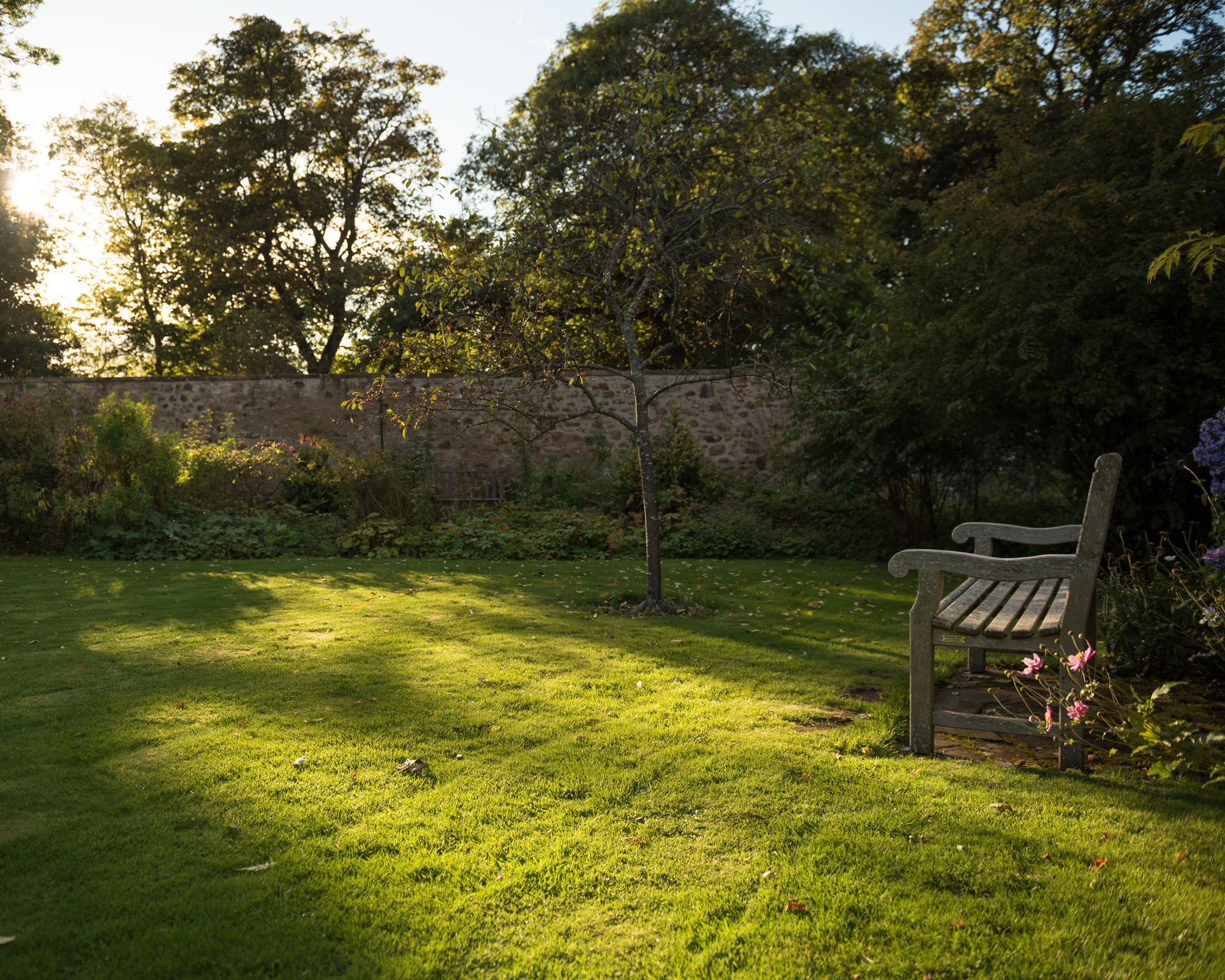
9. Mulch and compost
Fertilizers are great, but there's nothing for healthy soil – and a healthy lawn – like good old-fashioned DIY mulching and composting. Not sure what to use if you're just learning how to make compost? Yeates advises that 'any organic waste from winter can be recycled in a compost bin to be returned to your lawn as a natural fertilizer by raking it over the top. You can also use a mulching mower to distribute finely ground grass clippings back onto your lawn, returning the nutrients to the roots that grew them!'
What is the most important spring lawn care step?
If you do just one thing for your lawn this spring, make sure you aerate. A lawn needs good drainage for grass root to develop well, so you really don't want to skip this. But, of course, it's impossible to do this step without first clearing debris off your lawn, so consider steps one and two essential when preparing a lawn for spring.
Join our newsletter
Get small space home decor ideas, celeb inspiration, DIY tips and more, straight to your inbox!
Anna is a professional writer with many years of experience. She has a passion for contemporary home decor and gardening. She covers a range of topics, from practical advice to interior and garden design.
-
 The 7 flowers to plant in August, according to gardening gurus
The 7 flowers to plant in August, according to gardening gurusKnowing what flowers to plant in August isn't always so clear-cut. But that's why we called in help from pro planters — here's what they said to pot.
By Becks Shepherd
-
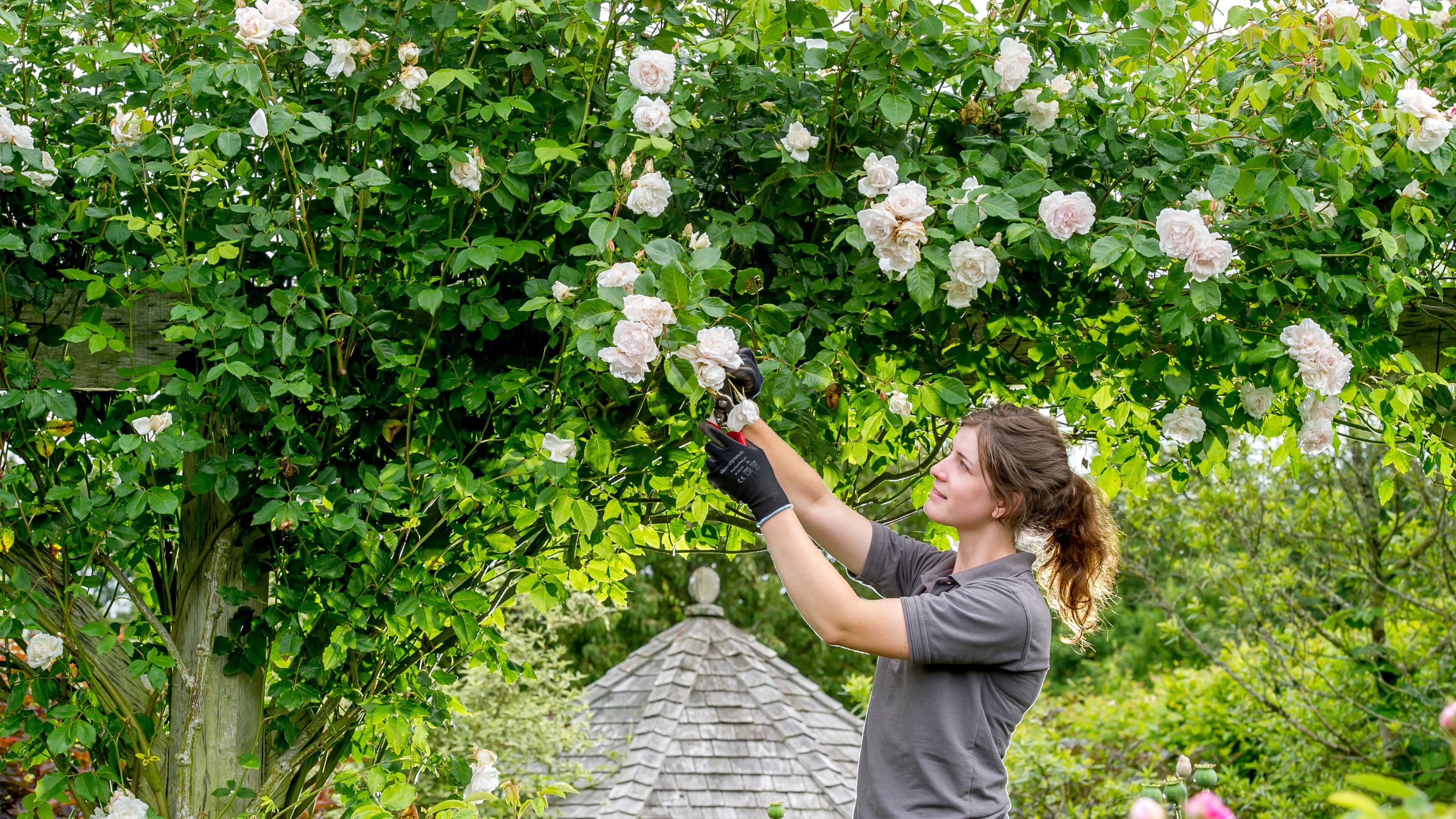 The 7 plants to prune in August — and the 2 pieces of greenery you shouldn't touch
The 7 plants to prune in August — and the 2 pieces of greenery you shouldn't touchWondering what plants to prune in August? We asked a gardening expert for their top tips plus info on what pieces of greenery to avoid pruning this month
By Becks Shepherd
-
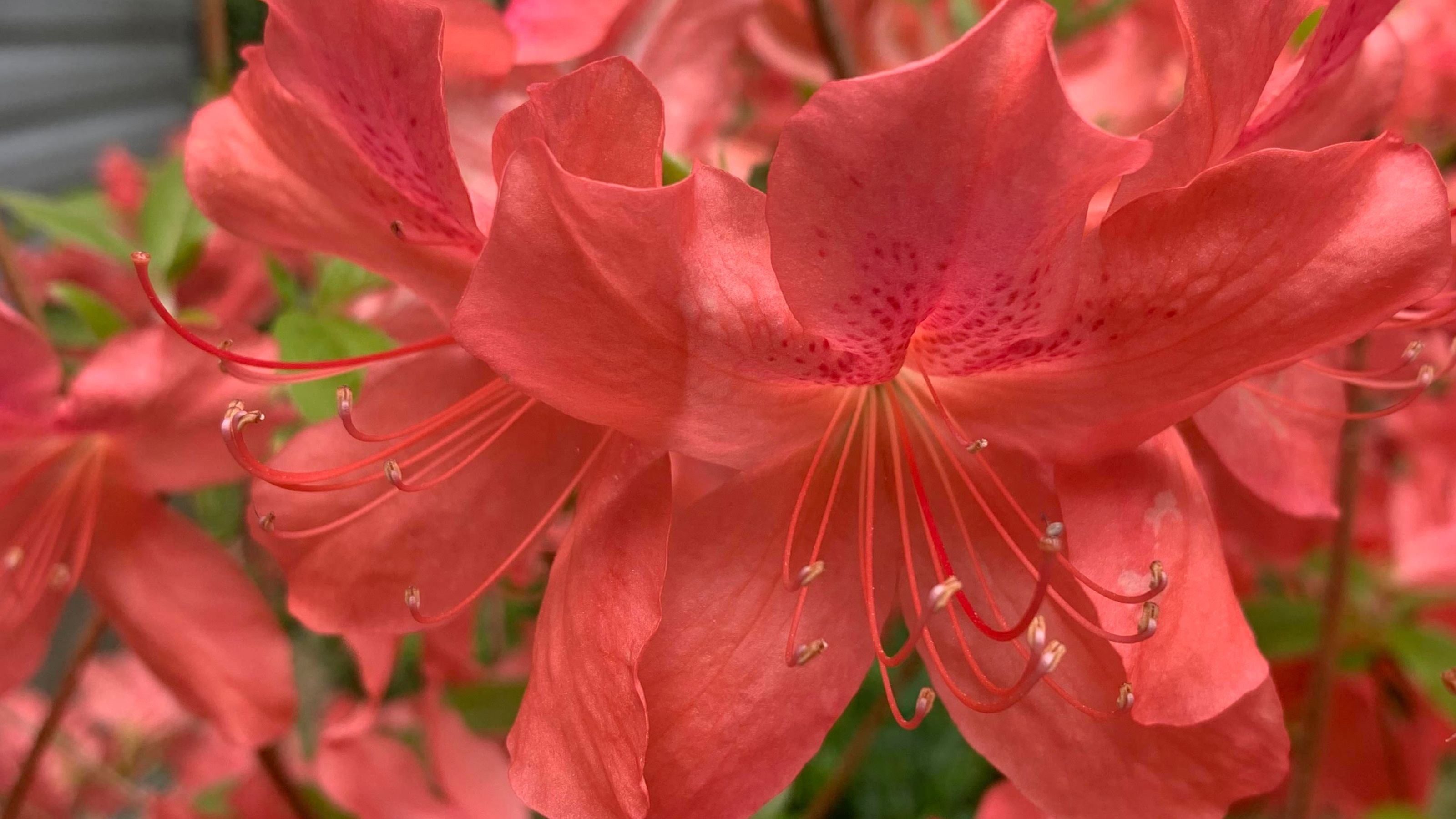 Do you need to deadhead azaleas? Top tips for pruning these flowering shrubs
Do you need to deadhead azaleas? Top tips for pruning these flowering shrubsWondering whether you need to deadhead azaleas? We asked a gardening expert for their top tips for looking after these blooms
By Becks Shepherd
-
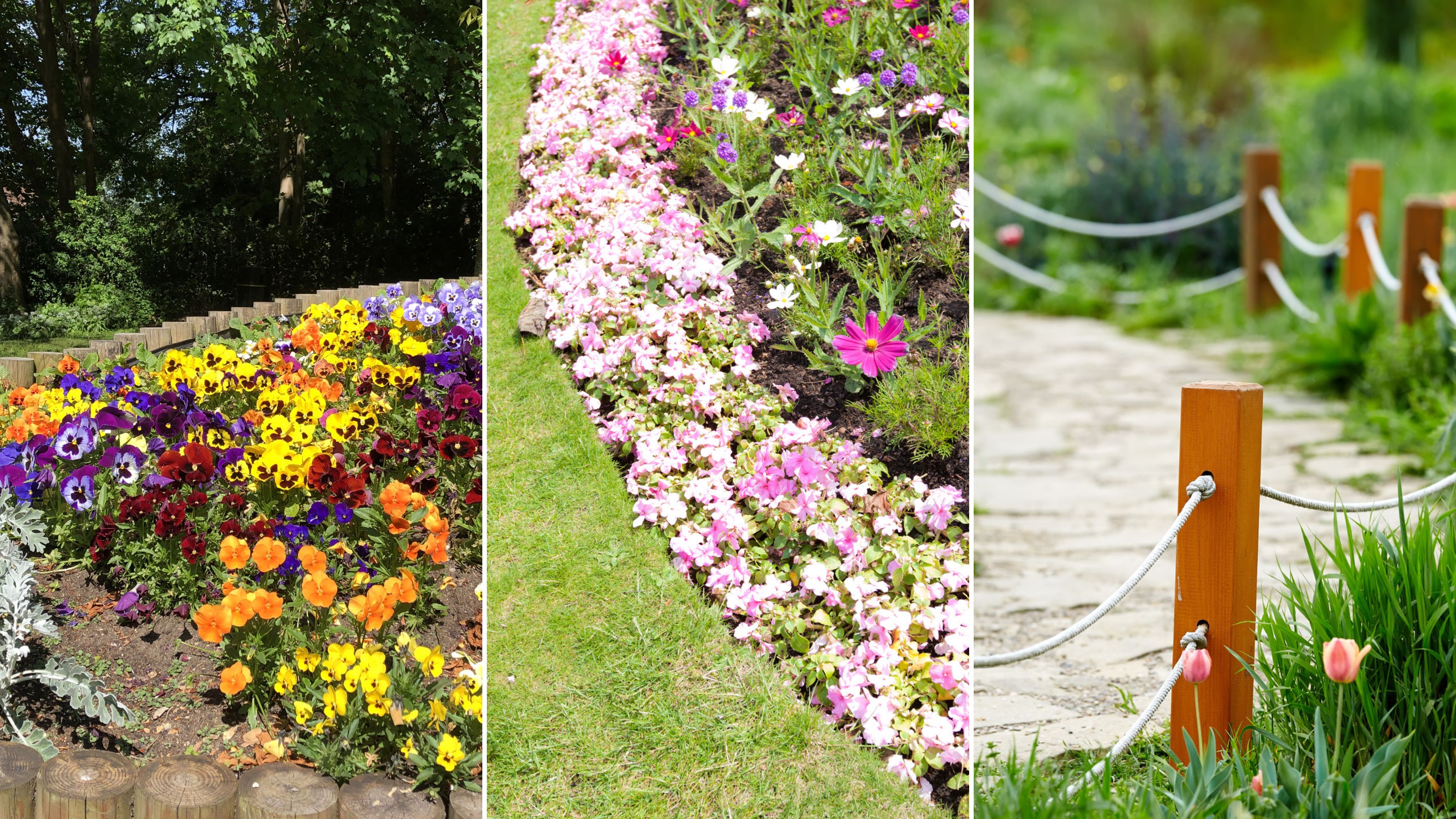 14 lawn edging ideas that will add definition and style to your backyard
14 lawn edging ideas that will add definition and style to your backyardWant to neaten up your lawn with lawn edging ideas? From fresh flowers to laidback bricks, we've scouted out materials and styles that look brilliant
By Eve Smallman
-
 Which houseplants are toxic to dogs? Vet experts pinpoint problem plants and solutions
Which houseplants are toxic to dogs? Vet experts pinpoint problem plants and solutionsWondering Which houseplants are toxic to dogs? We spoke to vets about the problematic leafy greens, what they trigger in dogs, and how to find a solution
By Danielle Valente
-
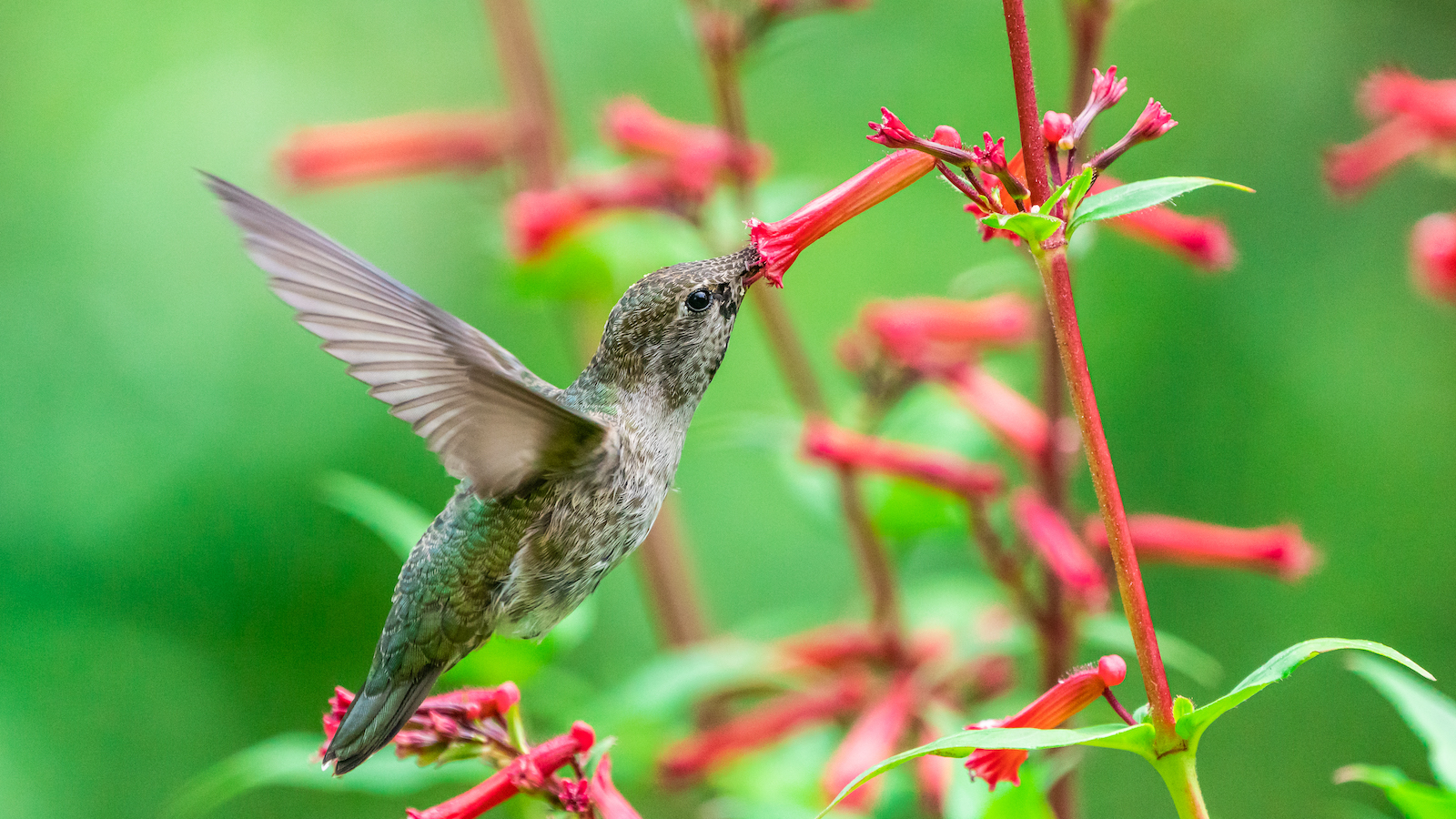 How to attract hummingbirds to your backyard, according to ornithologists
How to attract hummingbirds to your backyard, according to ornithologistsTrying to figure out How to attract hummingbirds to your backyard? These ornithologist-backed tips will guarantee you visitors in no time
By Danielle Valente
-
 Does hydrangea bloom every year? Pros spill the dirt on the "garden favorite" and when to expect it
Does hydrangea bloom every year? Pros spill the dirt on the "garden favorite" and when to expect itWondering, "Does hydrangea bloom every year"? We asked the pros all about the garden favorite and how often to expect them — here's the dirt.
By Danielle Valente
-
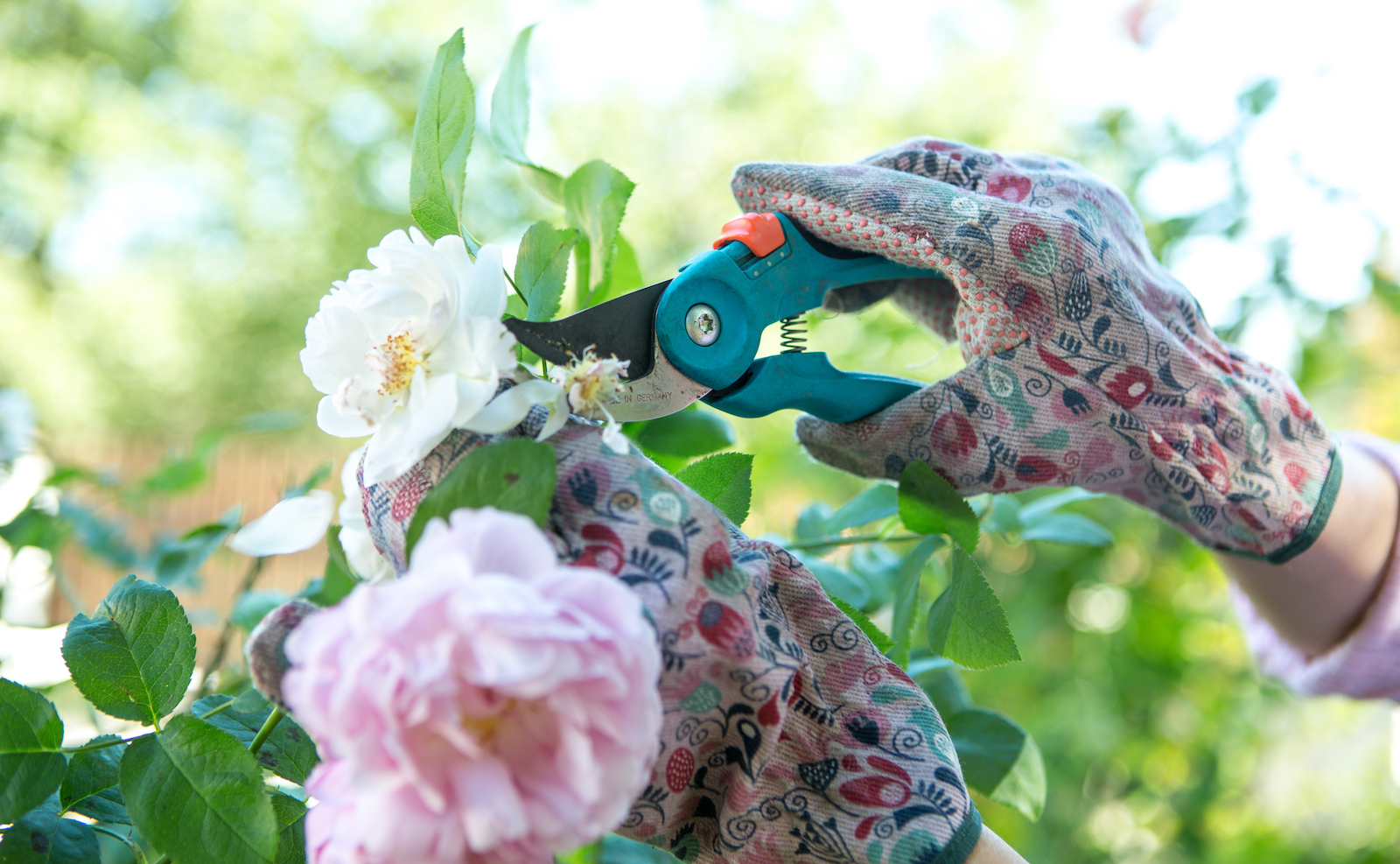 What to prune in spring — experts reveal how to get a lush, full garden
What to prune in spring — experts reveal how to get a lush, full gardenCurious what to prune in spring? We asked gardening experts for their top tips for a luscious, thriving garden
By Danielle Valente